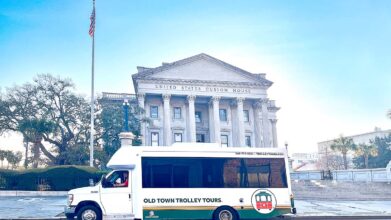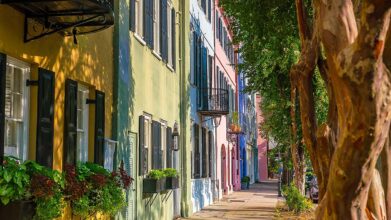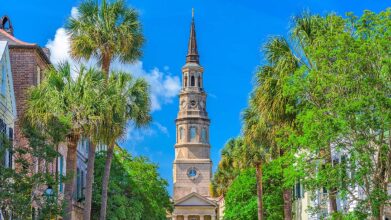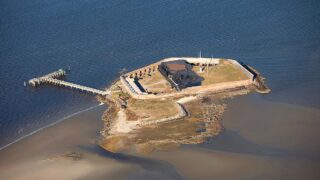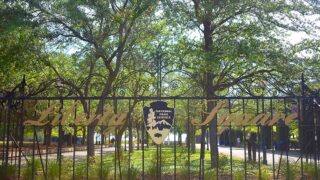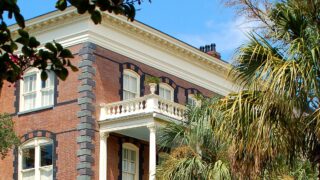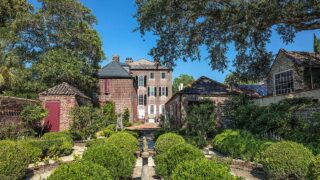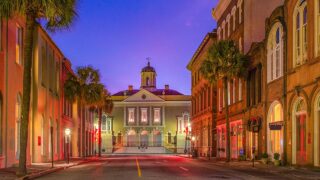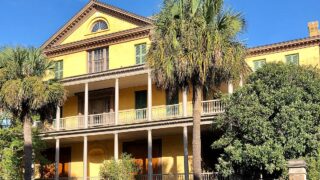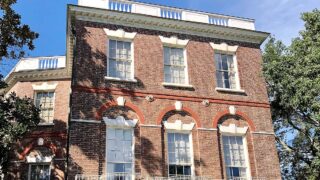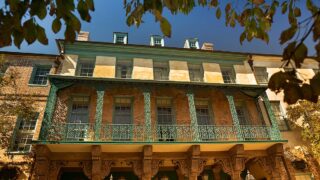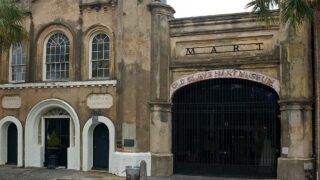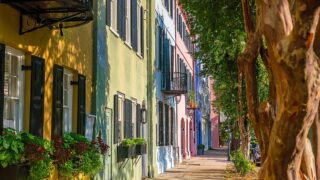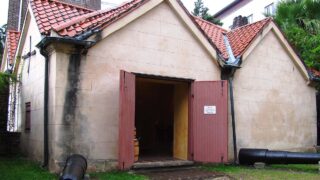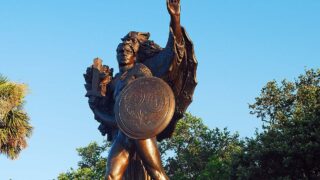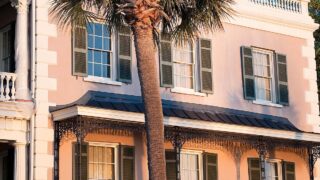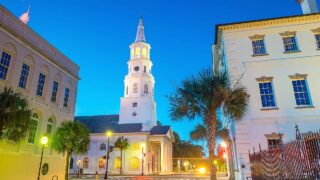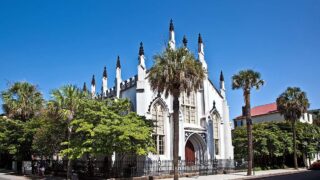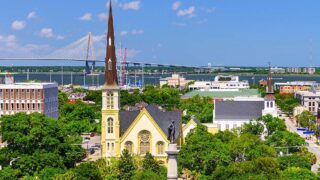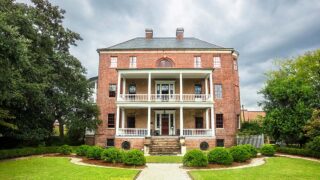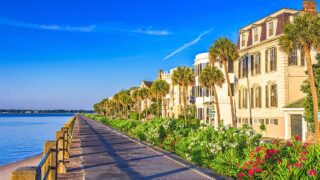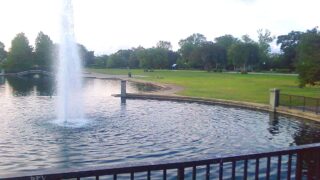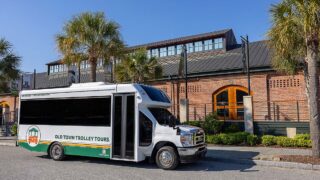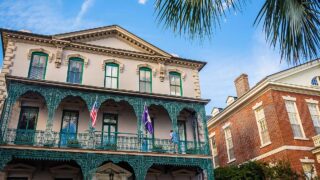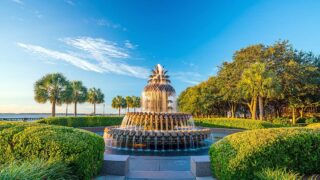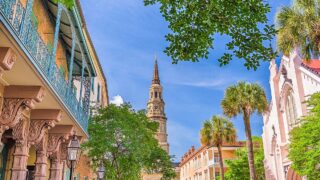Fort Sumter, located in Charleston Harbor, South Carolina, is one of the most important landmarks in American history. It was here, on April 12, 1861, that the first shots of the Civil War were fired. Although construction had started decades earlier, Fort Sumter was still incomplete when Confederate forces opened fire on the Union garrison stationed inside. That moment marked the beginning of a long and devastating war that would reshape the nation.
Built on a man-made island near the entrance to the harbor, Fort Sumter was originally intended to strengthen Charleston’s coastal defenses. Once it fell into Confederate hands, the fort became a symbol of southern resistance. It endured nearly constant bombardment from Union forces throughout the war and suffered heavy damage in the process. Despite this, the Confederacy held it until early 1865, when Charleston was evacuated and Union troops reclaimed the site.
Today, Fort Sumter stands as a powerful reminder of the war’s beginnings and the deep divisions that led to it. Visitors can walk among its remains, take in the harbor views, and learn about the events that unfolded on this small but significant piece of land. Accessible only by boat, Fort Sumter offers a unique and moving look into America’s past.
Complete Guide to Fort Sumter in Charleston - More Info

